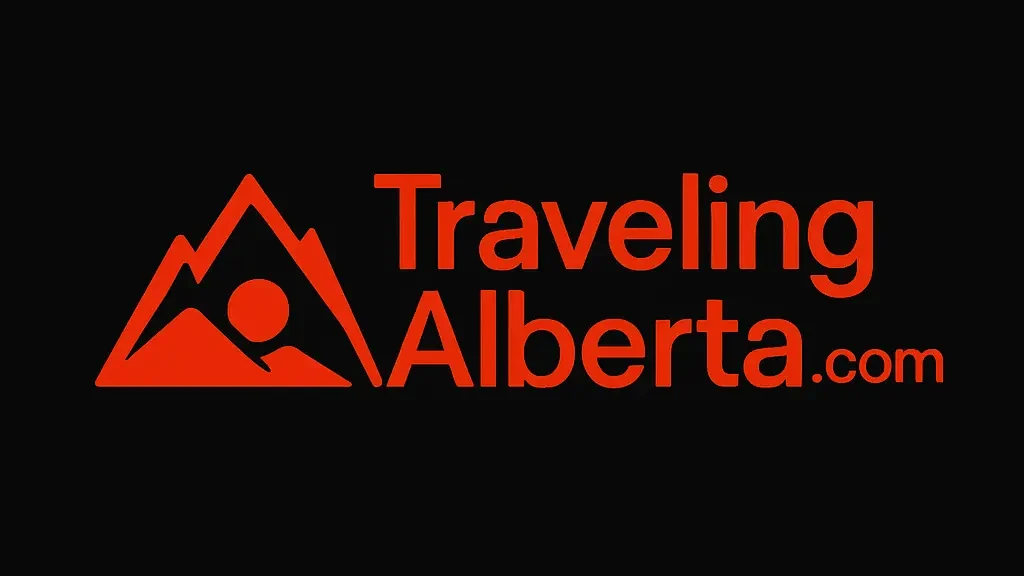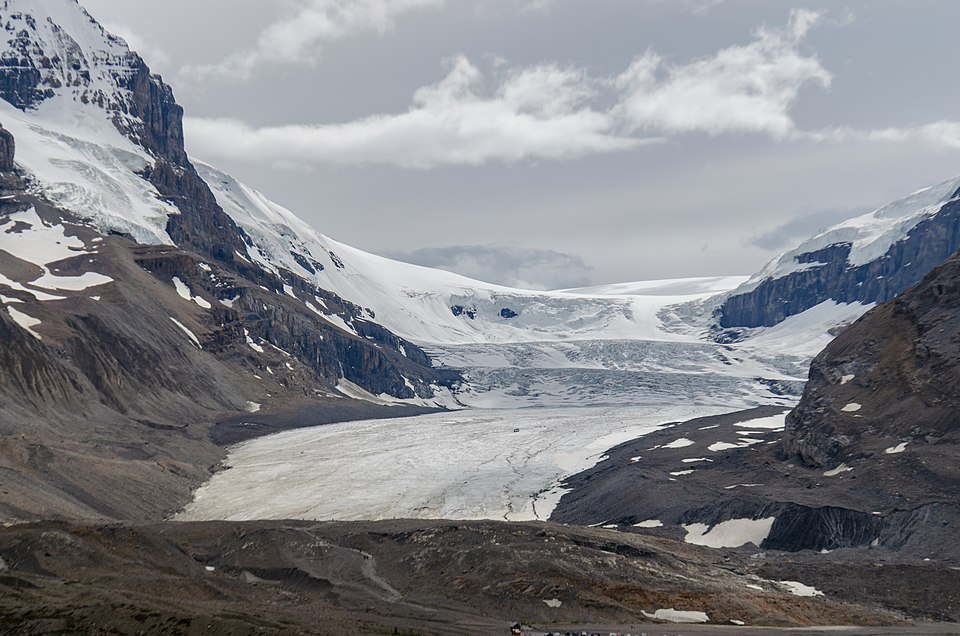If you’re planning a trip to the Canadian Rockies, one destination that should be at the top of your list is the Columbia Icefield in Jasper National Park. This enormous sheet of ice is not only one of the most spectacular natural wonders in North America, but also a powerful reminder of Earth’s ancient past — and its rapidly changing future. Located along the legendary Icefields Parkway, the Columbia Icefield offers an unforgettable blend of epic scenery, outdoor adventure, and accessible glacial experiences that few places in the world can match.
In this detailed guide, we’ll walk you through everything you need to know — from its history and geography to the best tours, hikes, and travel tips — so you can plan a smooth and awe-inspiring visit.
What Is the Columbia Icefield?
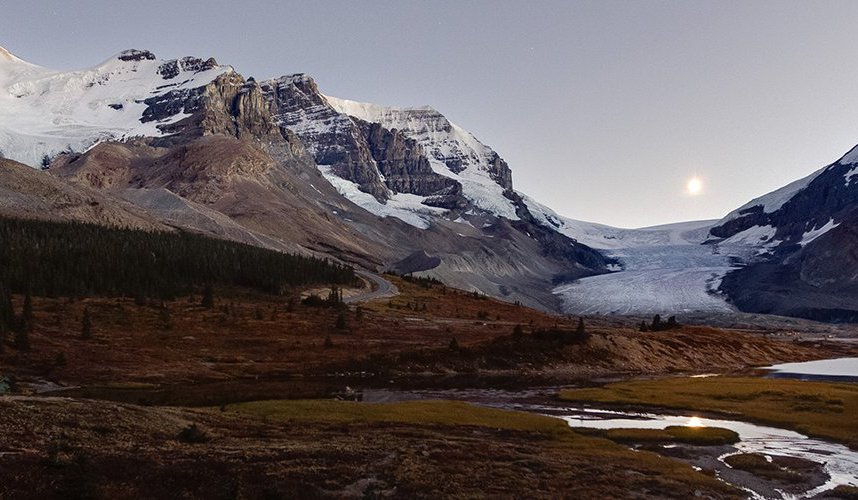
The Columbia Icefield is the largest icefield in the Canadian Rockies, covering roughly 230 square kilometers (89 square miles) and resting at elevations between 2,500 and 3,000 meters. It straddles the border between Jasper National Park and Banff National Park, and lies atop the Continental Divide, which separates waters flowing into the Pacific, Atlantic, and Arctic Oceans — a rare geographical feature known as a triple continental divide.
The icefield feeds eight major glaciers, the most famous being:
- Athabasca Glacier (the most accessible)
- Dome Glacier
- Stutfield Glacier
- Castleguard Glacier
It’s estimated that the ice in the Columbia Icefield is up to 365 meters (1,200 feet) thick in some areas and has been building up for thousands of years, dating back to the last Ice Age. However, due to climate change, the icefield — especially the Athabasca Glacier — is rapidly retreating, losing hundreds of meters over the past century.
What makes this icefield particularly compelling is not just its scale but its accessibility. Unlike many glaciers that require helicopters or long hikes to reach, here you can stand at the toe of the glacier — or even ride onto it in a specially designed vehicle — just minutes from the highway.
How to Get to the Columbia Icefield
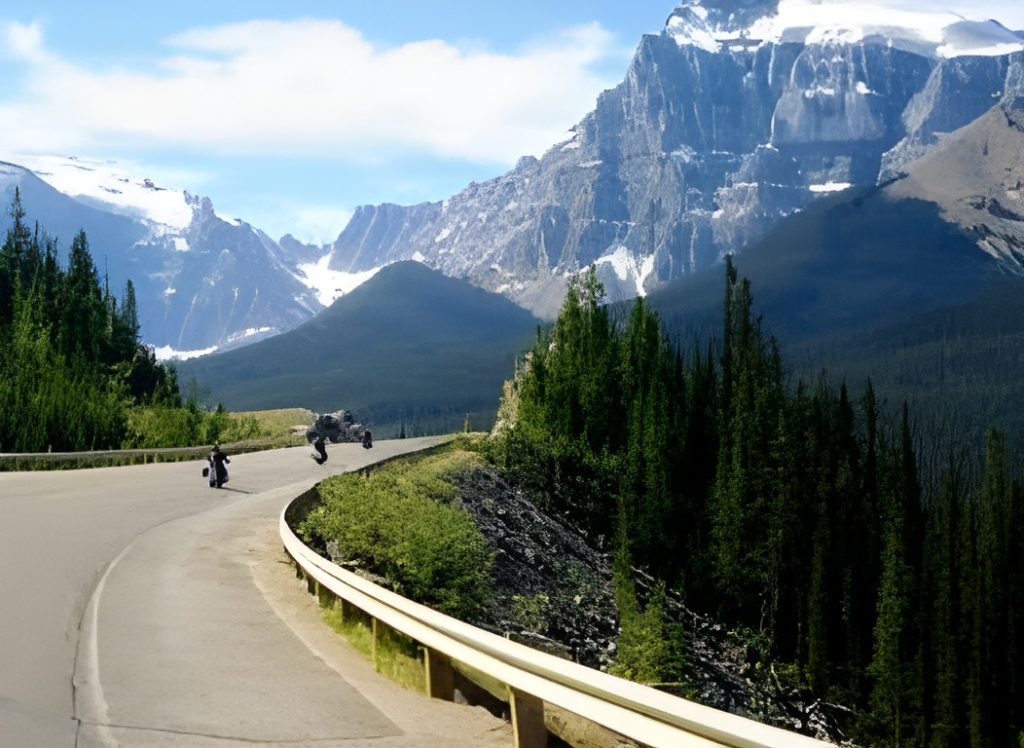
The Columbia Icefield is located along Icefields Parkway (Highway 93), which runs between Lake Louise and Jasper — considered one of the most scenic drives in the world.
Here are the approximate driving times:
- From Jasper: 1.5 hours (105 km)
- From Lake Louise: 2 hours (125 km)
- From Banff: 2.5–3 hours (185 km)
- From Calgary: 3.5–4 hours (310 km)
There is no public transport directly to the icefield, so self-driving or joining a guided tour is the best option. The main base for visitors is the Columbia Icefield Discovery Centre, which sits directly across from the Athabasca Glacier. It offers information, exhibits, a café, and ticketing for tours.
Important: The road is only open from spring to early fall due to snow. Always check Alberta 511 road conditions before heading out.
Best Things to Do at the Columbia Icefield
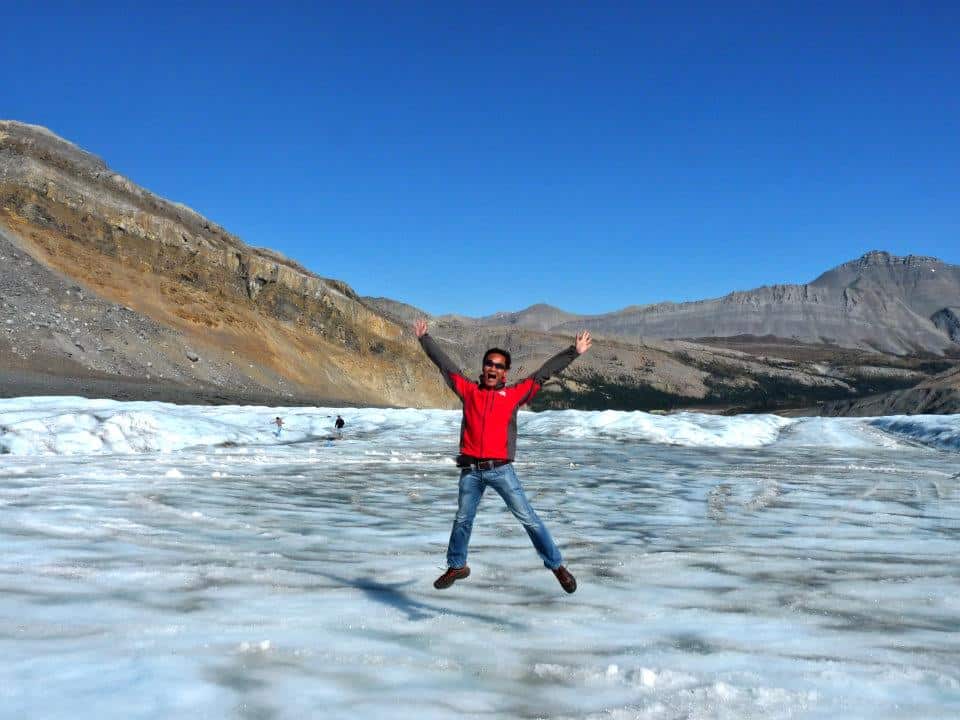
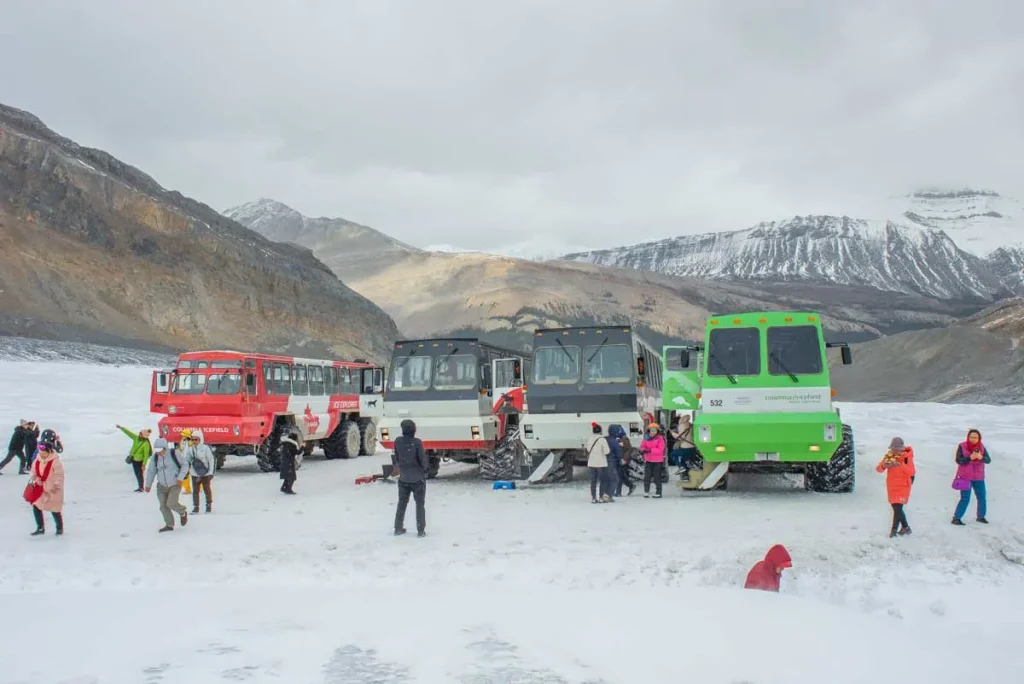
Ice Explorer Glacier Tour
This is the highlight for most visitors — an 80-minute guided experience aboard a massive Ice Explorer vehicle, which takes you out onto the surface of the Athabasca Glacier. You’ll learn about glacier formation, climate change, and geology, and have the chance to walk on the glacier itself. You can even fill your water bottle with some of the freshest meltwater on Earth.
The Ice Explorers are custom-designed with giant tires to handle crevasses and icy terrain, offering a once-in-a-lifetime ride over an ancient frozen landscape.
Operating Season: Late April to mid-October
Tickets: Can be booked through Pursuit Collection
Columbia Icefield Skywalk
The Glacier Skywalk is a stunning cliff-edge walkway that extends 280 meters above the Sunwapta Valley, just a few minutes away by shuttle from the Discovery Centre. The glass-floored viewing platform gives you unobstructed views of glaciers, mountains, and waterfalls.
Along the way, interpretive signs and audio guides help explain the geology, wildlife, and indigenous history of the region.
It’s a must-see for photographers and anyone looking for a thrilling (yet completely safe) view of the Icefield region from above.
Tip: Combine this with the Ice Explorer tour in a combo ticket.
Toe of the Glacier Trail
For those wanting a short but scenic hike, the Toe of the Glacier Trail is a 1.8 km round-trip walk from the parking lot to the base of the Athabasca Glacier. The hike is easy and suitable for all ages, with interpretive signs showing how far the glacier has retreated since the late 1800s.
As you walk, you’ll pass moraine rocks, glacial ponds, and stark evidence of climate change. It’s a humbling and educational experience that doesn’t require a tour guide.
Safety Note: Do not walk onto the glacier without a guide. Hidden crevasses can be fatal.
Wilcox Pass Trail
For more experienced hikers, Wilcox Pass offers one of the best viewpoints of the Columbia Icefield and Athabasca Glacier. This 9 km round-trip trail climbs above the tree line and offers panoramic views, wildflowers, and often bighorn sheep grazing nearby.
It’s moderately challenging and best done from June to September. Bring bear spray, water, and a camera — the vistas are some of the most stunning in all of Jasper National Park.
Best Time to Visit the Columbia Icefield
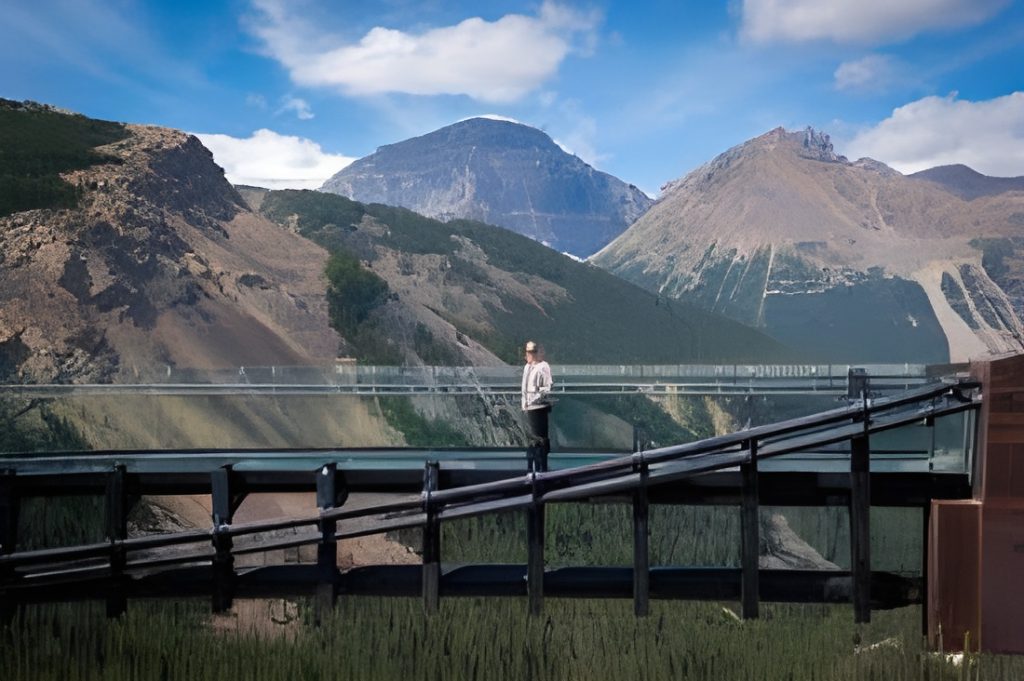
The best time to visit is between June and September, when all services and trails are open. July and August are the busiest months, so if you prefer fewer crowds, aim for June or early September.
- Spring (May–June): Some trails may still have snow. The weather can be unpredictable.
- Summer (July–August): Ideal for full access to tours and hiking. Book tickets and lodging in advance.
- Fall (September–early October): Cooler temperatures and fewer visitors. Watch for early snowfall.
- Winter: The Icefields Parkway is closed near the icefield, and the Discovery Centre is not open.
Always dress in layers. The glacier area can be 20°C cooler than the town of Jasper, and sudden weather changes are common.
Where to Stay Near the Columbia Icefield
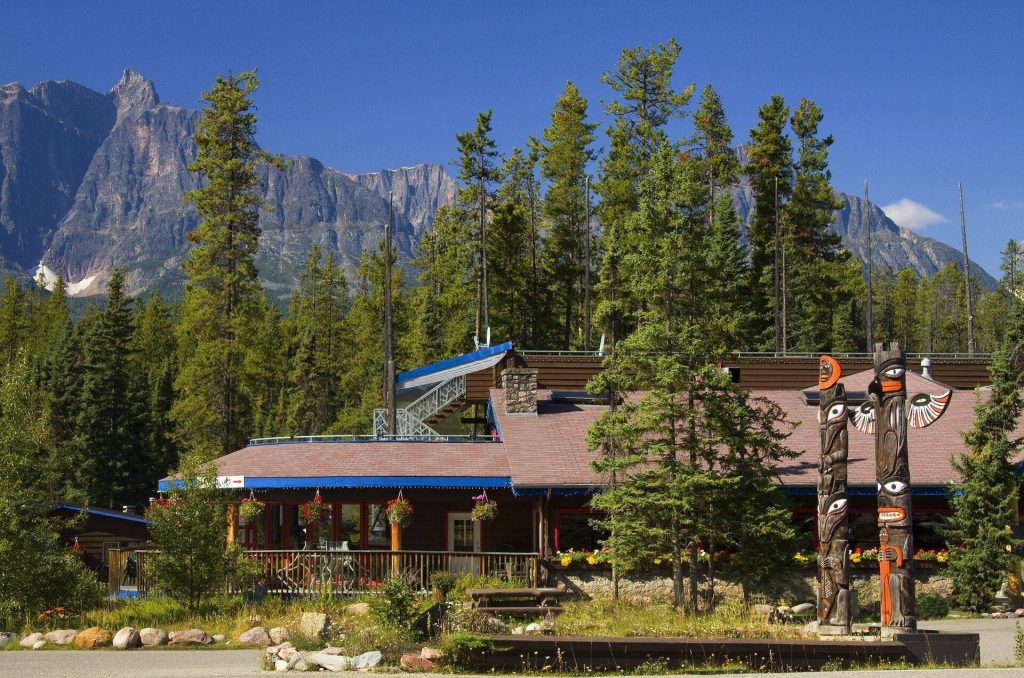
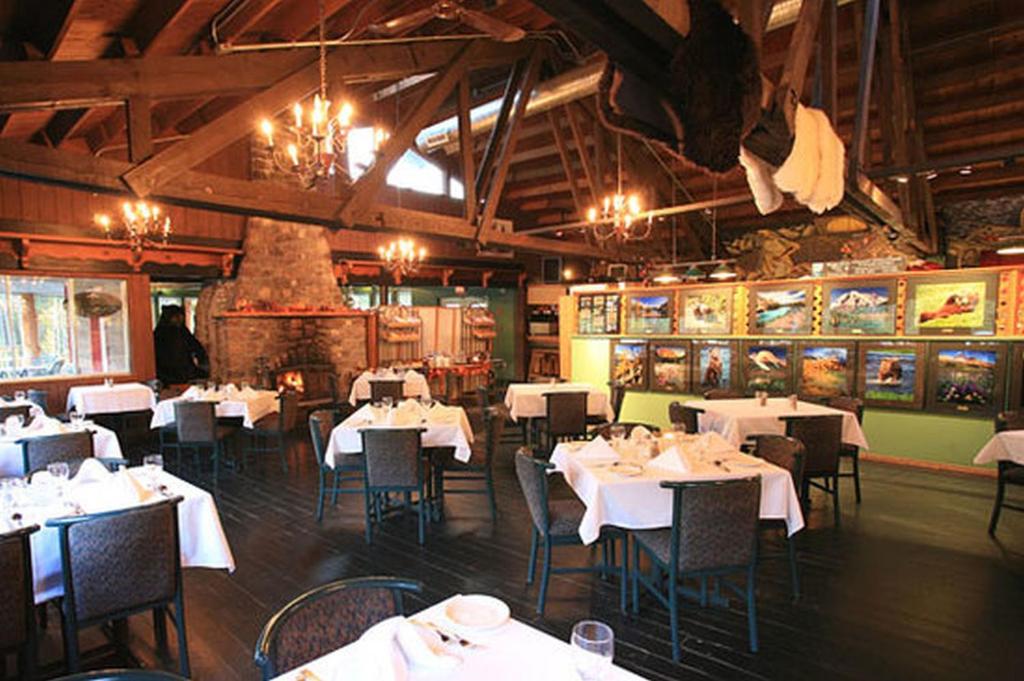
Glacier View Lodge
Located inside the Discovery Centre, this is the only hotel directly facing the glacier. Rooms are stylish, and some even have glacier views. Guests get early access to tours and the Skywalk before the crowds arrive.
Sunwapta Falls Rocky Mountain Lodge
About 40 minutes north of the Icefield, this lodge offers cabins and a rustic, cozy experience perfect for families and couples.
Camping
The Wilcox Creek Campground is the closest campground to the icefield. It’s first-come, first-served, and offers a quiet, back-to-nature experience surrounded by peaks and stars.
Other options are available in Jasper and Lake Louise, depending on your route.
Tips for Visiting the Columbia Icefield

- Book in advance: Especially for summer tours and Glacier View Lodge.
- Arrive early: The Discovery Centre opens around 8 a.m., and parking fills fast.
- Stay safe: Never walk on the glacier without a guide. Even short trails can be slippery.
- Use sun protection: Snow and ice reflect sunlight, making sunburn more likely.
- Bring snacks and water: Food is available at the Discovery Centre but is limited and expensive.
Final Thoughts: Why the Columbia Icefield Is a Must-Visit
The Columbia Icefield in Jasper National Park is a destination that combines epic beauty, rare geography, and thrilling activities — all in one unforgettable place. Whether you’re standing on ancient ice, hiking alpine trails, or peering down from a glass skywalk, this glacial wonder offers a truly once-in-a-lifetime experience.
It’s a place where science, history, and raw natural power come together — reminding us not only of the past but also of our responsibility to protect the Earth’s future. So pack your bags, charge your camera, and prepare to be humbled by one of Canada’s greatest natural treasures.
